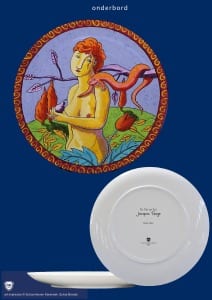Piñatas Are Not as Mexican As You Think They Are
Piñatas are associated with Mexican heritage, but did you know that they might not have originated in Mexico?
Historically, the first written record of the piñata comes from the famous Marco Polo during his visit to China. He records seeing brightly colored animals, including cows and oxen, in paper form filled with seeds.
These figures were found in celebrations all year long.
Just like they’re used today, these piñatas were hung from trees with a rope, and a blindfolded person would hit the figure with a stick. The seeds were distributed among the poor. The paper remains were burned; the ashes were good luck and later gathered.
Polo brought the tradition back to Italy in the 14th century.


An Integral Part of Mexican Tradition
The piñata made its way to North America in the 16th century, but when Spanish missionaries arrived, they saw that the natives had their own piñata. The striking similarity was apparent, and it was used to celebrate the Aztec God of War.
Mexican tradition, like the Day of the Dead, still revolves around the piñata even if it didn’t derive from Mexico. What many people forget is that the Aztecs were a historic powerhouse that inhabited central Mexico.
Aztec Earthquake. Artwork available by: Cawamo
But they differ in that the originals were made of clay pots that were adorned with features and filled with treasures.
The blindfold still existed.
Mexico has adapted their piñata to the Chinese version, but they’ve made it their very own.
The piñata turned into a religious icon through the Spanish missionaries. The idea was Satan hid inside of the pots and hid while blind faith allowed the person to break the pot.
Spanish missionaries created their religious pots with clay that had colorful paper as a symbol of temptation and seven peaks that represent the seven major sins
Hitting the piñata was a strength of humanity and the need to remain strong against sins, or Satan in the piñata.
The treasures inside, often fruit, were gifts to the people who overcame temptation.











